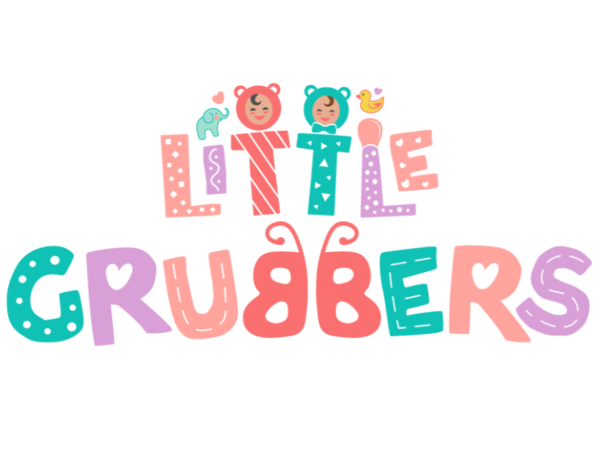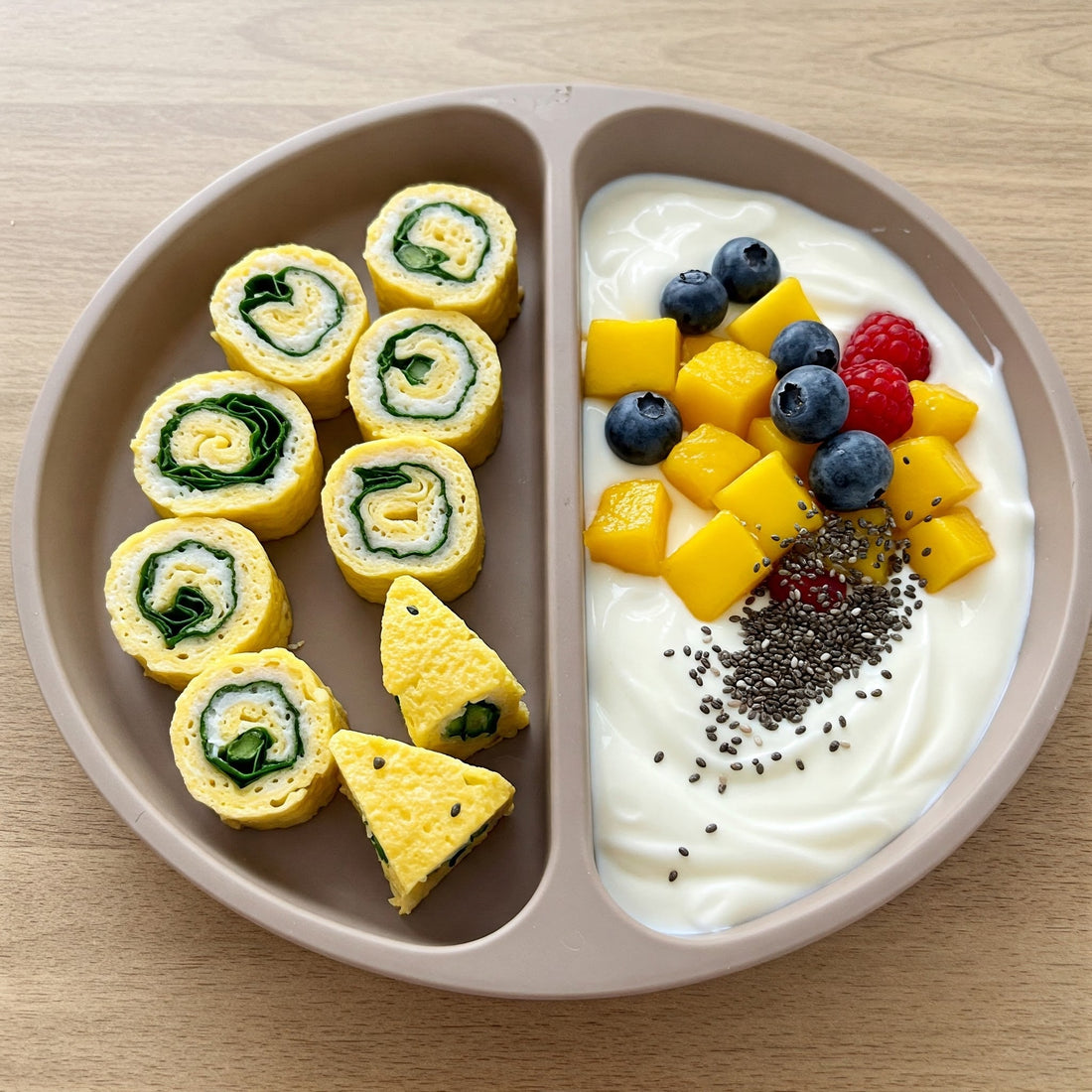The Basics of a Balanced Baby Meal
When it comes to feeding your little one, it’s natural to wonder, Am I giving my baby the right nutrients? Babies grow rapidly, and their tiny bodies need a good mix of foods to support their development.
A balanced baby meal includes a variety of nutrients like proteins, healthy fats, and fiber, all in appropriate portions for your baby’s age. But how do you actually put together a well-rounded meal for your little one?
In this guide, we’ll break down what a balanced plate for babies looks like, simple food combinations, and tips for making mealtime stress-free.
1. The Key Nutrients for a Balanced Baby Plate
A balanced baby meal should include:
1️⃣ Protein (For Growth & Strength)
💪 Why It’s Important: Helps build strong muscles, supports brain development.
🥩 Sources: Chicken, turkey, fish, eggs, beans, lentils, yogurt, tofu.
2️⃣ Healthy Fats (For Brain & Nerve Development)
🧠 Why It’s Important: Supports cognitive growth and overall brain health.
🥑 Sources: Avocado, nut butters (for older babies), full-fat dairy, olive oil, salmon.
3️⃣ Fruits & Vegetables (For Vitamins & Minerals)
🍎 Why It’s Important: Provides essential vitamins, minerals, and fiber for digestion.
🥕 Sources: Carrots, sweet potatoes, spinach, bananas, berries, apples, pears.
4️⃣ Whole Grains (For Energy & Digestion)
🌾 Why It’s Important: Provides energy and supports healthy digestion.
🍞 Sources: Oatmeal, quinoa, brown rice, whole wheat pasta, whole grain bread.
2. Sample Balanced Plates for Different Stages
Here’s how you can put these food groups together into easy balanced baby meals based on your baby’s stage.
For 6-8 Months (Purees & Soft Foods)
🥄 Example Plate:
✅ Mashed avocado (healthy fat)
✅ Steamed & blended carrots (vegetable)
✅ Soft-cooked oatmeal (whole grain)
💡 Tip: At this stage, you can introduce one new food at a time to watch for allergies.
For 9-12 Months (Finger Foods & Self-Feeding)
🍽️ Example Plate:
✅ Scrambled eggs (protein)
✅ Soft-cooked broccoli florets (vegetable)
✅ Whole wheat toast with a thin layer of peanut butter (healthy fat & whole grain)
💡 Tip: Encourage self-feeding with baby-friendly utensils like the Little Grubbers 3-in-1 Baby Spoon™!

For 12+ Months (More Texture & Variety)
🍽️ Example Plate:
✅ Grilled salmon flakes (protein & healthy fat)
✅ Steamed sweet potato cubes (vegetable)
✅ Brown rice (whole grain)
✅ Sliced strawberries (fruit)
💡 Tip: By this stage, your baby can eat more textures—just make sure food is cut into safe, bite-sized pieces!
3. Tips for Creating Balanced Baby Meals
🔹 Follow the “Half & Half” Rule: Aim for half of the plate to be fruits & vegetables, and the other half to be a mix of proteins, healthy fats, and grains.
🔹 Offer Variety: Rotate different food combinations so your baby is exposed to new flavors and textures.
🔹 Make It Colorful: Bright foods naturally attract babies and keep mealtime interesting.
🔹 Keep Portions Small: Babies have tiny tummies! Start with small servings and add more as needed.
🔹 Encourage Self-Feeding: Offering safe, easy-to-grasp foods builds independence and fine motor skills.
4. What to Avoid on a Baby’s Plate
🚫 Added Sugar & Salt – Babies don’t need extra salt or sugar in their meals.
🚫 Choking Hazards – Avoid whole grapes, large nuts, popcorn, and hard chunks of food.
🚫 Cow’s Milk (Before Age 1) – Stick to breast milk or formula as the main drink source.
🚫 Honey (Before Age 1) – It can contain bacteria that cause infant botulism.
💡 Tip: Always supervise your baby during mealtimes and introduce new foods safely!
Final Thoughts: A Balanced Baby Meal is Simple!
Feeding your baby doesn’t have to be complicated. By including a mix of proteins, healthy fats, fruits, vegetables, and whole grains, you’re setting your little one up for a lifetime of healthy eating habits.
✨ Make mealtimes even easier with the Little Grubbers 3-in-1 Baby Spoon™—perfect for little hands learning to self-feed!
What’s Your Baby’s Favorite Meal?
Share your go-to balanced baby meals in the comments below! Let’s inspire other parents with new ideas. 😊🍽️

